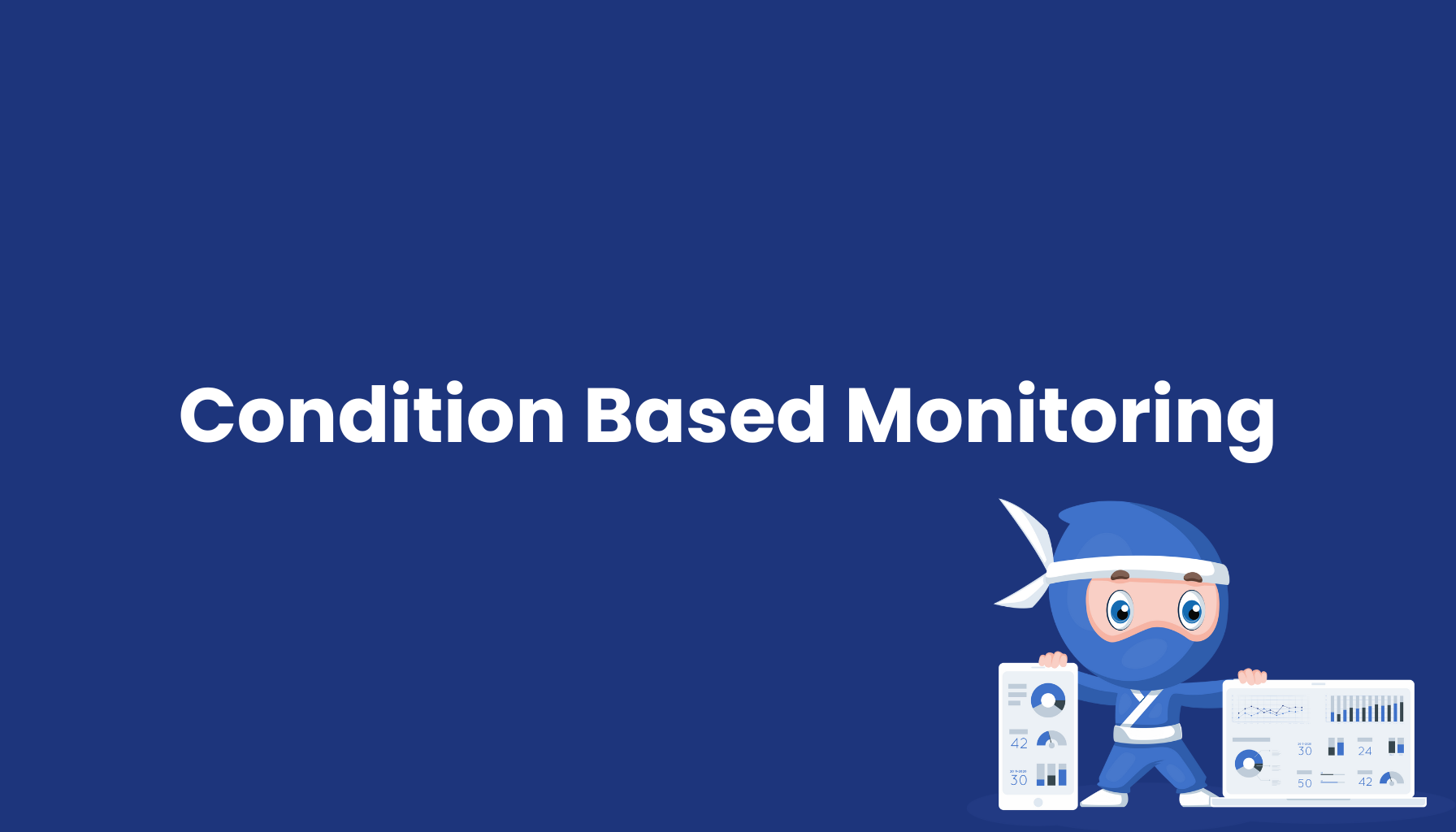Condition Based Monitoring

Introduction
Condition Based Monitoring (CBM) is a maintenance approach that continuously monitors machine conditions to detect wear, anomalies, or failures early. Instead of performing maintenance at fixed intervals, actions are triggered only when data indicates a real need.
CBM is a cornerstone of Predictive Maintenance and a key driver of OEE improvement. With MES, BDE, and IoT integration, manufacturers can collect and analyze live data to enable real-time, condition-driven maintenance.
How It Works
-
Data collection: Sensors measure parameters like vibration, temperature, pressure, or current.
-
Data processing: MES and BDE systems structure and compare this data against thresholds.
-
Anomaly detection: Deviations are identified and classified as potential faults.
-
Automated action: When limits are exceeded, the MES creates a maintenance task or alert.
-
Feedback loop: Maintenance outcomes are recorded for continuous improvement.
Integration with MES, BDE, and OEE
-
MES contextualizes sensor data with production information (machine, order, shift).
-
BDE provides runtime and downtime data for correlation with anomalies.
-
OEE analytics quantify the impact of maintenance on availability and performance.
Together, these systems turn CBM from passive monitoring into an active optimization process.
Benefits
-
Reduced downtime through early fault detection
-
Lower maintenance costs with targeted interventions
-
Improved OEE and equipment reliability
-
Data-driven transparency across maintenance processes
-
Extended machine lifetime through predictive action
Example
A precision parts manufacturer implemented vibration-based CBM in its cloud MES. The system automatically triggered maintenance when thresholds were exceeded. Within a year:
-
30 % fewer breakdowns
-
20 % lower maintenance costs
-
8-point OEE improvement
Conclusion
Condition Based Monitoring enables predictive, efficient, and transparent maintenance. By combining MES, BDE, OEE, and IoT sensor data, manufacturers gain real-time insight into machine health and ensure maximum uptime with minimal intervention — a core element of the Smart Factory.


